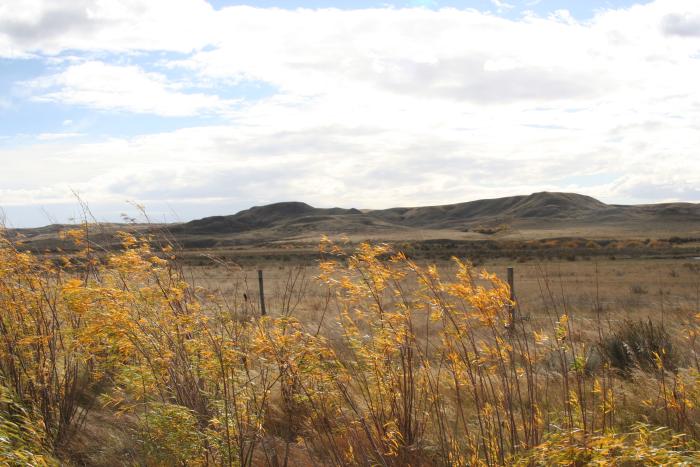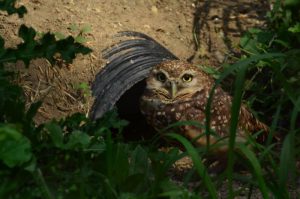
Before settlers arrived, the great temperate grasslands of North America stretched unimpeded from northern Mexico to the Prairie provinces. The prairie ecozone is divided up into several types of grasslands, all of which have increasingly disappeared to fractions of what their size once was.
A report released in 2010, said only 25% percent of mixed and fescue prairie remained, and only 100 square kilometres of tall grass prairie from 6,000 square kilometres remained.

Whilst these landscapes may seem vast and barren, in reality, they are thriving with wildlife which have suffered as their habitat has been consumed by agriculture and the build-up of cities.
Species such as the burrowing owl, black-footed ferret and swift fox amongst others have seen severe declines in their population because of the loss of grasslands habitat.
“When Canadians think about globally rare ecosystems, they think about rainforests and corals reefs. But in the heartland of Canada, there is an ecosystem that is as important, rare and as endangered as any on the planet.” – Dan Kraus at the nature conservancy of Canada.
Read more about what is being done to preserve the unique Prairie ecosystems in Canadian Wildlife Magazine, Mar + Apr 2018 edition.
Feature image by Caroline Crill.
